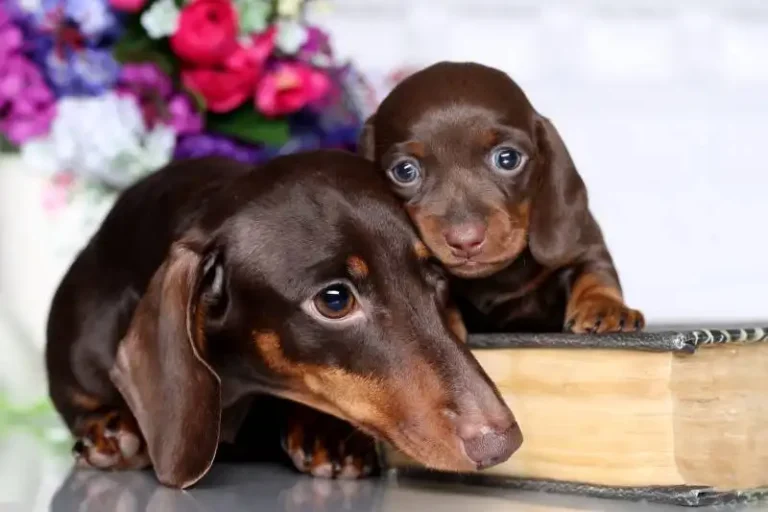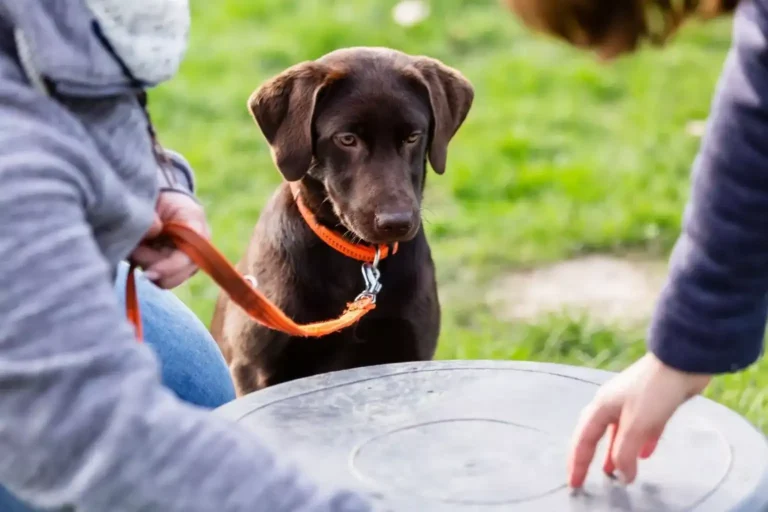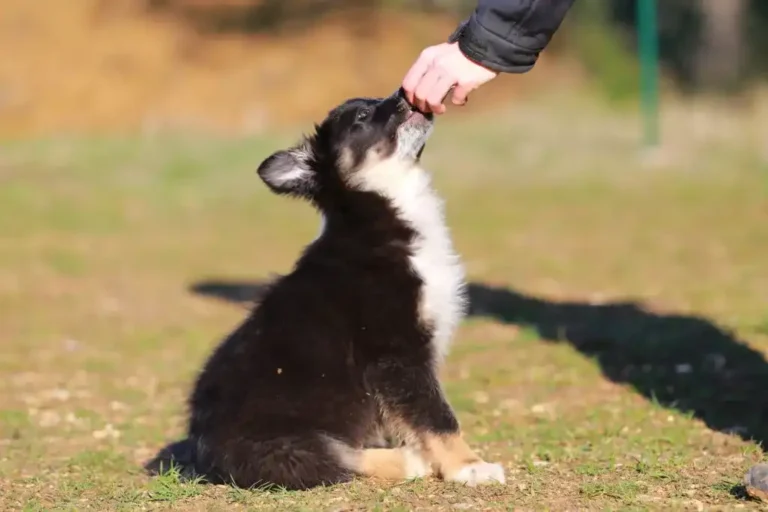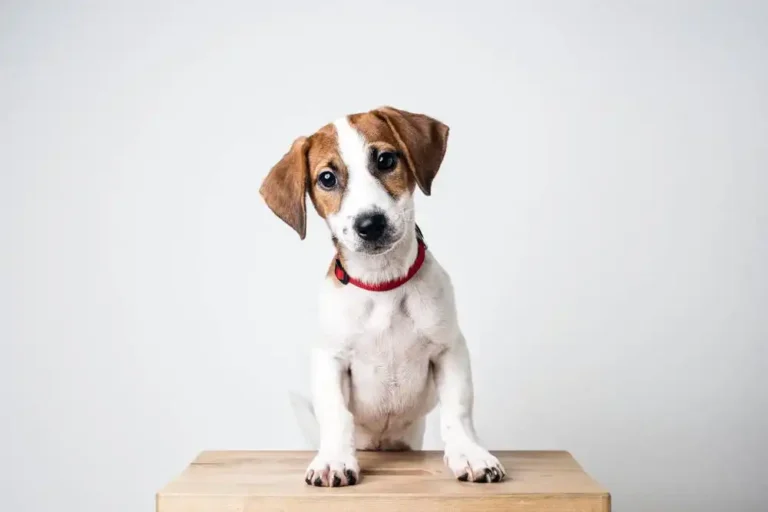How to Train a Puppy-A Guide for New Dog Owners
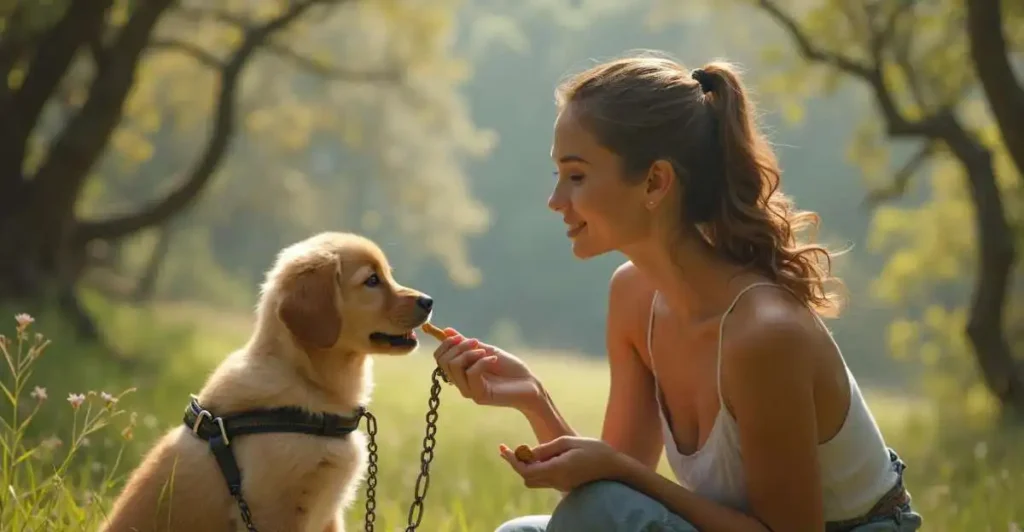
How to Train a Puppy, a Guide for New Dog Owners:
In an article like this, it is probably not possible to create a 100% complete guide to puppy training and at the same time go completely in-depth, but here we will cover some basic principles.
This guide will go through each phase of puppy training, including general puppy training tips and puppy training at home. We will focus on methods and solutions for each topic, so you can get the best possible results from your training.
Why is puppy training important?
Puppy training is not only important for avoiding unwanted behaviors, but it also lays the foundation for a healthy and harmonious relationship between you and your dog. Here are some of the most important reasons to start training early:
Preventing Problem Behaviors: Without proper training, puppies can develop unwanted behaviors like biting, jumping, and destructive chewing. Early training helps prevent such problems before they become serious.
Security for the dog: A well-trained dog is less stressed and feels more secure in different environments and situations. This can prevent anxiety and insecurity later in life.
Strengthens the relationship: Through training, you build a strong bond based on trust, respect, and understanding. This makes the dog see you as a trusted leader.
Basic principles of puppy training:
To be successful with puppy training, it is important to keep a few basic principles in mind:
Patience:
Puppies have short attention spans, which means you need to be patient and give them time to learn.
- Method : Keep training sessions short and frequent, preferably 5-10 minutes at a time. Gradually increase the length of the sessions as your puppy gets older and more focused.
- Solution: If your puppy loses focus or gets frustrated, end the session in a positive way, such as with play or a treat, and try again later.
Positive reinforcement:
Use rewards such as treats, praise, and play to encourage desired behaviors.
Method: Every time your puppy performs a desired action, immediately give a reward. Timing is crucial – the reward must come right after the desired behavior so that the puppy understands the connection. Vary the rewards to keep your puppy motivated.
Sometimes praise can be enough, while other times a tasty treat is more effective. Some dogs have a favorite toy, for example, many dogs love balls, and then taking out their favorite ball can be just as good as giving a treat.
Consistent training:
For your puppy to learn effectively, it is important that everyone in the household uses the same commands and follows the same rules.
Method: Create a list of commands and rules that everyone in the family will follow. This includes words used for commands and how to handle different situations (e.g. barking, jumping).
Solution: Have regular family meetings to ensure everyone is following the same training schedule. Inconsistent training can confuse your puppy and slow down progress.
Avoid punishment:
Punishment can lead to fear and reduce the trust between you and your puppy.
- Method: Ignore the unwanted behavior or divert the puppy to something more appropriate. For example, if the puppy is biting furniture, give it a chew toy instead.
- Solution: If you are experiencing persistent unwanted behavior, consider contacting a professional dog trainer who can help you find a solution.
Training a puppy at home, how to get started:
Housetraining a puppy takes time, patience, and a structured approach. Below we’ll go over the key areas you should focus on:
- Naming:
Teaching your puppy its name is the first step in training, and it forms the basis for all further communication. - Method: Say your puppy’s name in a friendly tone when you want his attention. When your puppy looks at you or comes to you, immediately give a treat. Practice this several times a day, especially in situations where your puppy is not distracted.
- Solution: Always use your puppy’s name in positive contexts, and avoid using it when correcting unwanted behavior. This ensures that the puppy develops a positive association with its name.
Toilet training
Toilet training is one of the first and most important tasks for new puppy owners, and it requires a structured approach to be successful.
- Method:
Regular walks: Take your puppy outside every 2-3 hours, especially after meals, after sleep, and after play. This gives your puppy plenty of opportunities to relieve himself outside. - Use a command: Every time you take your puppy outside to relieve himself, use a simple command like “pee” or “go away.” This teaches your puppy to associate the command with the action.
- Solution:
The importance of routine: Create a regular routine for toilet training. Stick to the same times and places every day.
Handling accidents : If your puppy has an accident inside, don’t scold or punish them. Clean up without fuss and continue training as usual.
Socialization
Socialization is essential to developing a confident and well-adjusted dog. This involves exposing your puppy to different environments, people, and other animals in a positive way.
- Method:
Exposure to different environments: Take your puppy to different places like parks, urban areas, and forest trails. This will help your puppy get used to different sounds, smells, and sights.
Meet different people and animals: Invite friends and family to meet your puppy, and gradually introduce him to other dogs. Make sure the encounters are positive and not overwhelming for your puppy. - Solution:
Gradual exposure: Start with calm, controlled environments and gradually increase the difficulty. This helps your puppy build confidence.
Positive experiences: Use treats and praise during socialization to ensure your puppy associates new experiences with something positive.
Basic commands:
Teaching your puppy basic commands like “sit,” “come,” “down,” and “stay” is essential for building obedience and control.
Sitting:
“Sit” is one of the most basic commands and should be one of the first you teach your puppy.
- Method: Hold a treat over the puppy’s head and slowly move it over/behind the dog. When the puppy sits, say “sit” and give the treat. Repeat this several times a day in short sessions.
- Solution: If your puppy won’t sit, try gently pushing him back with your hand while saying “sit.” Be gentle and reward him immediately when he sits.
Lie:
Once your puppy has mastered “sit,” you can move on to “down.” This is an important command for teaching your puppy calmness and self-control.
- Method: From a sitting position, hold a treat in front of your puppy’s nose and bring it down to the ground between its front paws. When your puppy lies down, say “down” and give a treat.Practice this several times a day, but be careful not to push your puppy if he gets frustrated.
- Solution: If your puppy won’t lie down, try pulling the treat slowly away from its body to encourage it to stretch and lie down.
Become:
“Stay” is a challenging but very useful command that requires patience and consistency.
- Method: Ask the puppy to sit, say “stay,” and take a step back. If the puppy stays, return and give a treat. Gradually increase the distance and duration. Train in short sessions and always end on a positive note.
- Solution: If your puppy breaks the command and follows you, go back to training with shorter distances and shorter times. Gradually increase the difficulty as your puppy becomes more comfortable with the command.
Come:
“Come” is an important command for your puppy’s safety, especially when you are outdoors.
- Method: Use an encouraging tone and a treat to entice your puppy to come to you. When he comes, say “come” and reward generously. Practice this daily in different environments so your puppy learns to come regardless of distractions.
- Solution: If your puppy hesitates or ignores the command, try running away from it while playfully yelling “come.” This will often trigger a natural chase response and get your puppy to follow you.
Common challenges in puppy training:
Even with a good training plan, you may encounter some challenges. Here are some common problems and how to solve them:
Biting and chewing behavior:
Puppies explore the world with their mouths, and it’s natural for them to bite and chew, especially when they’re teething.
- Method: Provide your puppy with appropriate chew toys that they can chew on when they feel the need.
- Biting on objects: When your puppy bites on unwanted objects, such as furniture or hands, distract it by offering a chew toy instead.
- Biting you: If your puppy bites you, say a loud “no” or give a low whine to signal that it hurt. Then temporarily end the game to show that biting is not acceptable.
Separation anxiety:
Some puppies may experience anxiety when left alone, which can lead to destructive behavior.
- Method: Practice leaving your puppy alone for short periods of time, gradually increasing the length as he becomes more comfortable. Create a safe and comfortable space for your puppy to be alone, such as a crate or a separate room.
- Solution: Use interactive toys or chew toys to keep your puppy occupied while you are away. Avoid making a big deal out of leaving or returning home to reduce your puppy’s anxiety.
Overexcitation:
Puppies can get very excited, especially during play or when meeting new people. This can lead to unwanted behaviors like jumping or barking.
- Method: Train your puppy to calm down by using commands like “sit” or “down” when he gets too excited. Reduce the intensity of the play if your puppy gets too excited, and reward calm behavior.
Puppy jumps or barks: Ignore your puppy when he jumps or barks for attention. Wait until he calms down before giving him attention again.
Summary:
Repetition is key: Repeat the commands several times daily, but don’t overdo it so that the puppy gets bored.
Train in different environments: Practice the commands in different environments and situations to ensure your puppy understands and can perform them regardless of distractions.
Puppy training is a demanding but very rewarding process that lays the foundation for a happy and harmonious life with your dog. By following these methods and solutions, you will be well equipped to tackle the challenges and achieve success in training. Remember that every puppy is unique, and the most important thing is to be patient and consistent throughout the training process.

